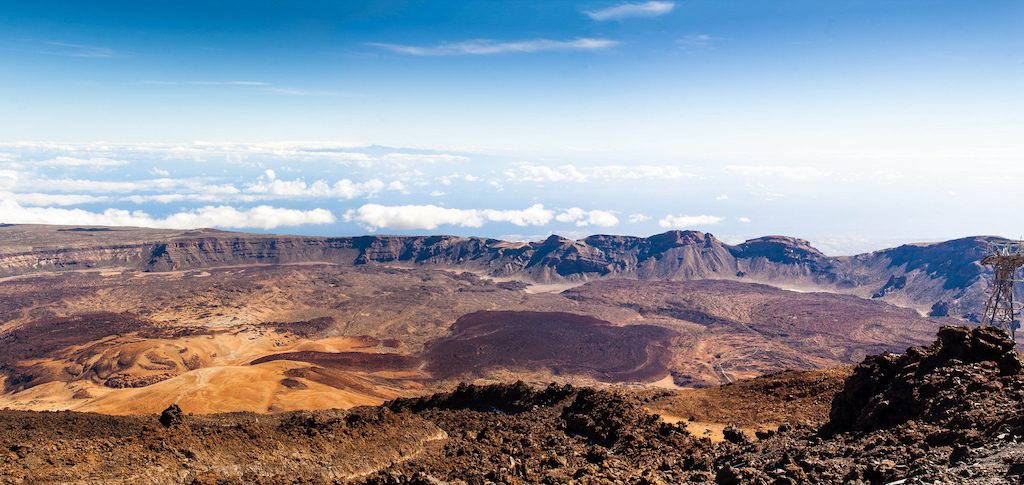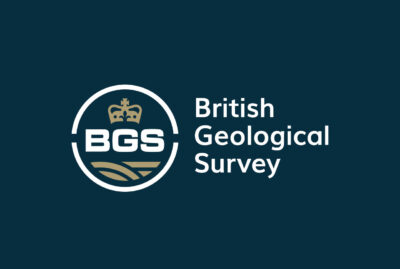Extensive study starting to explore high-enthalpy geothermal potential on the Canary Islands
An international research team has arrived on the Canary Islands, an island group of the western tip of Africa belonging to Spain, for a study on the high-enthalpy geothermal potential.
A recent article published in Spanish publication La Razon, interviews Frederico Di Paolo, a young researcher at Rome Tre University and the National Institute of Astrophysics who identified the subglacial lake on Mars. Geophysicist and Ph.D. in Physics in 2012, Di Paolo arrived on La Palma on the Canary Islands this past week at the Volcanic Institute of the Canary Islands (Involcán) with one goal: to find clean energy from the earth. Specifically, he is one of the scientists hired to search for high enthalpy geothermal energy. In other words: find the energy stored in the form of heat that is under the surface of the earth, in this case in the subsoil of the Canary Islands. And that, in addition, be technically and economically exploitable.
If successful, this finding would allow the islands to have “greater energy sovereignty, promoting the diversity of the region’s potential in terms of renewable energies (photovoltaic, wind, geothermal, etc.) and strengthening its energy mix,” they say from Involcán .
Di Paolo is confident. “Being volcanically active islands, the odds I would say are high. I think it will be easier to find geothermal energy in the Canary Islands than water on Mars, “he tells La Razon.
But how is the search for water on Mars and the search for geothermal energy? “Both explorations give an indirect, but very clear indication of what is found in the subsoil. It’s like seeing smoke behind a hill and understanding that there’s probably a fire even if we do not see the fire directly. ”
For this, the 40 scientists “use different methods of geothermal and geophysical studies such as temperature measurements, gas samples, seismic and electromagnetic tomography. In particular, I am in charge of magnetotelluric measurements, a very valid technique for geothermal exploration “which consists in obtaining information on the geoelectrical properties of the subsoil through the temporal fluctuations of the natural electromagnetic field generated in the ionosphere.
“The Canary Islands is the only area of the national territory where geothermal resources of high enthalpy exist , according to the National Inventory of Geothermal Manifestations in Spain that was elaborated in the 70s by the Geological and Mining Institute of Spain (IGME)”, recalls Nemesio Pérez, Involcan scientific coordinator and director of the Environment Division of ITER.
Between 1977 and 1992 research work was done, but in 1993 these exploration works experienced a break. In 2007 it was again bet on this resource. After several projects, we wanted to give a new impetus with the Termovolcán project, led by Involcan, with a budget of EUR 1.6 million, and the Electrovolcán project, with EUR 1.2 million.
“We are currently developing surface geothermal exploration work on the islands of Gran Canaria, Tenerife and La Palma.” “These works – he continues – are fundamental to detect and delimit the areas of interestfor the realization of deep soundings, of approximately between 2 and 2.5 kilometers”.
The discovery of liquid water on Mars has opened the possibility of finding life on the red planet or finding potentially livable environments; to find geothermal energy in the Canary Islands, the archipelago could be an oxygen ball in environmental as well as economic terms. Since, according to data from Greenpeace, “the average cost of generating electricity with fossil fuels plus CO2 in the Canary Islands is EUR155/ MWh (translating to around EUR0.155/ kWh)”. “If we finally managed to find high enthalpy geothermal resources, this would strongly contribute to the development of renewables in the Canary Islands and their energy mix.
We must bear in mind that the great strength of geothermal energy, compared to other renewable energies such as photovoltaics and wind, is that geothermal energy would be generated 24 hours a day, 365 days a year. Therefore, high enthalpy geothermal energy, the only continuous energy among renewable energies, is the only one capable of contributing to cover the base energy demand, “concludes Pérez.
For the full article see link below.
Source: La Razon


















